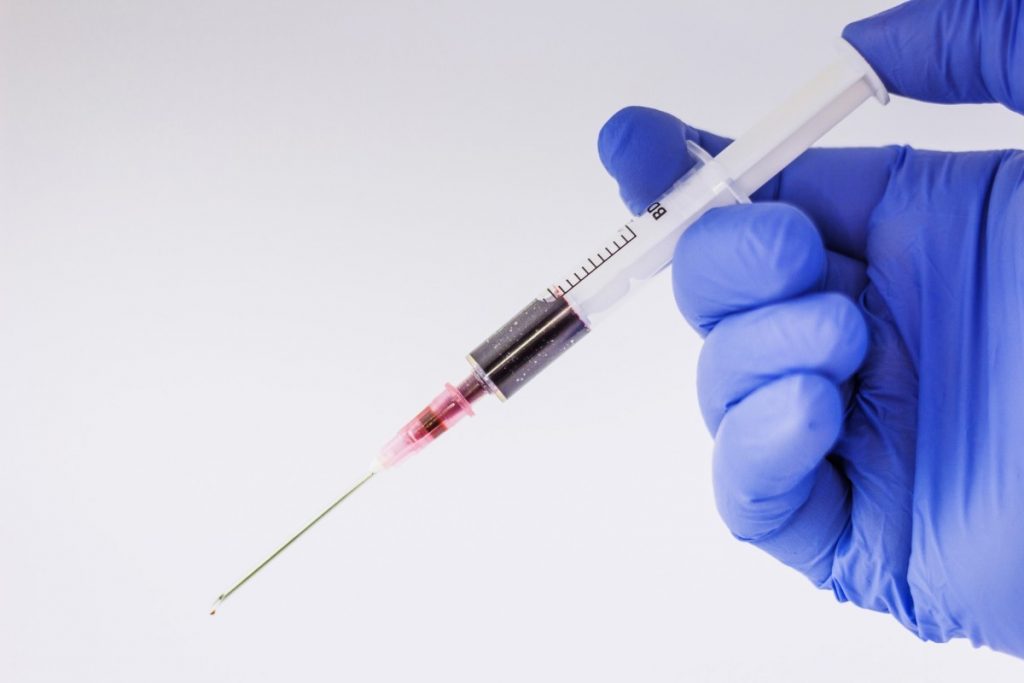
Traditionally, doctors often used to depend on the description of the symptoms by the patient for diagnosis and treatment. This was atime when doctors used insight & experience without modern diagnostic tools and hoped that the diagnosis did not miss the mark. From the onset of the 1900s when X-Rays was discovered by Roentgen and when he took an X-Ray image of his wife’s hand, the entire medical paradigm began to change. It reduced the likelihood of misdiagnoses of medical conditions.
The secret to ensuring successful treatment for any medical condition is its early diagnosis. But a wrong diagnosis or even a late diagnosis can prove fatal, especially for certain critical conditions like cancer.
If a diagnosis is done early enough, the chances of survival is much higher.

Image source: pxhere
Medical imaging to the rescue
Fortunately, Doctors of the present generation are equipped with cutting edge diagnostic tools that can aid in the precise diagnosis of most medical conditions. In the field of medical imaging there are advanced systems using state-of-the-art technologies such as a magnetic resonance imaging (MRI) or a Positron Emission Tomography-Computed Tomography (PET-CT) or even a PET-MRI.
Cost Factor
While the technologies for producing the 3D/4D images were phenomenally expensive when they were introduced, their costs have been rapidly falling in the recent past. This has been a result of the drop in the cost per unit / manufacturing of these machines, as the number of these machines sold increased.
Today, the cost of these scans at government institutions varies in the range of Rs 2,000 and Rs 10,000, with the average being Rs 6,000. In the private sector, the cost for a whole body PET/CT scan is today Rs 15,000–27,000, depending on the type of protocol.


